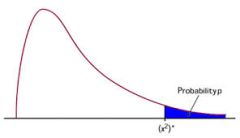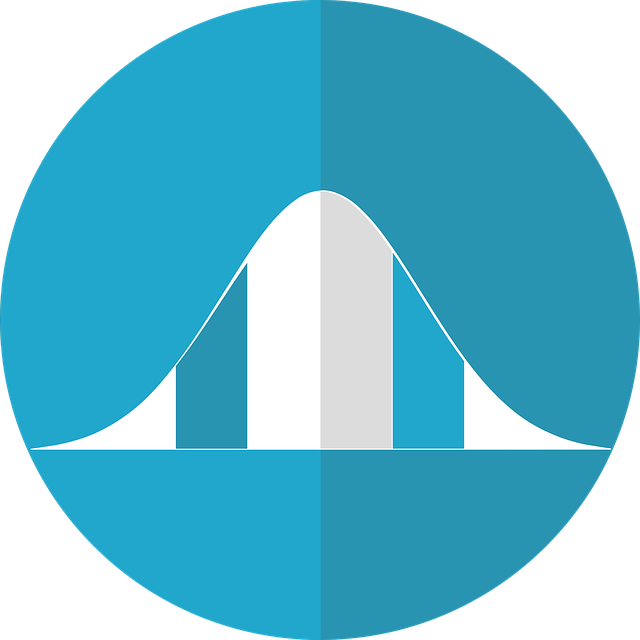Standard Normal Distribution Probability Calculator
Instructions: Use this Standard Normal Distribution Probability Calculator to compute probabilities for the Z-distribution. Specify the event you want to compute the probability for in the following form:
The Standard Normal Distribution
The Standard Normal Distribution is one of the most important distributions because it allows you to compute the probabilities associated to ANY normal distribution.
That is right: if you know how to compute Standard Normal Distribution probabilities, then you can compute the probabilities of any normal distribution. Why is that?? Because of normalization of scores allows you to have to events that are equivalent.
What is a standard normal distribution?
Well, that is the obvious first question we need to answer: what is the standard normal distribution. The answer is simple, the standard normal distribution is the normal distribution when the population mean \(\mu\) is 0 and the population standard deviation is \(\sigma\) is 1.
The standard normal distribution probabilities play a crucial role in the calculation of all normal distribution probabilities.
Indeed, consider a normally distribution variable \(X\), with population \(\mu\) and standard deviation \(\sigma\). If you want to compute the probability of the event \( a \le X\le b\), we make the crucial observation that the events
\[ a \le X\le b \,\,\, \Leftrightarrow \,\,\, \displaystyle \frac{a- \mu}{\sigma} \le \frac{X- \mu}{\sigma} \le \frac{b - \mu}{\sigma}\] \[ \Leftrightarrow \,\,\, \displaystyle \frac{a- \mu}{\sigma} \le Z \le \frac{b - \mu}{\sigma}\]are equivalent. So in other words, computing
\[ \Pr( a \le X\le b ) \]is the same as computing
\[ \displaystyle \Pr\left(\frac{a- \mu}{\sigma} \le Z \le \frac{b - \mu}{\sigma} \right)\]The values \(\displaystyle \frac{a - \mu}{\sigma}\) and \(\displaystyle \frac{b - \mu}{\sigma}\) are the corresponding z-scores of the raw scores \(a\) and \(b\), and those are the key to pass from a given normal distribution, to a standard normal distribution.
How do we calculate the Z score?
As it was seen in the previous example, for a normally distribution variable \(X\), with population \(\mu\) and standard deviation \(\sigma\), the z-score of a given raw score \(x\) is computed as:
\[\displaystyle z = \frac{x - \mu}{\sigma} \]Examples
Assume that you want to know how you stand in terms of weight for your whole population. How would you find the Z score of weight. Well, you need to have your weight, say \(x = 170\) pounds, and assume that the population mean for your population is \(\mu = 175\) pounds, with a population standard deviation of \(\sigma = 11\) pounds.
Then, the z-score associated to your weight would be
\[\displaystyle z = \frac{x - \mu}{\sigma} = \frac{170 - 175}{11} = 0.455 \]Other normal calculators
Using other calculators you can compute general normal probabilities or normal probabilities for sampling distributions , which ultimate depend on the calculation of z-scores and using the standard normal distribution.




